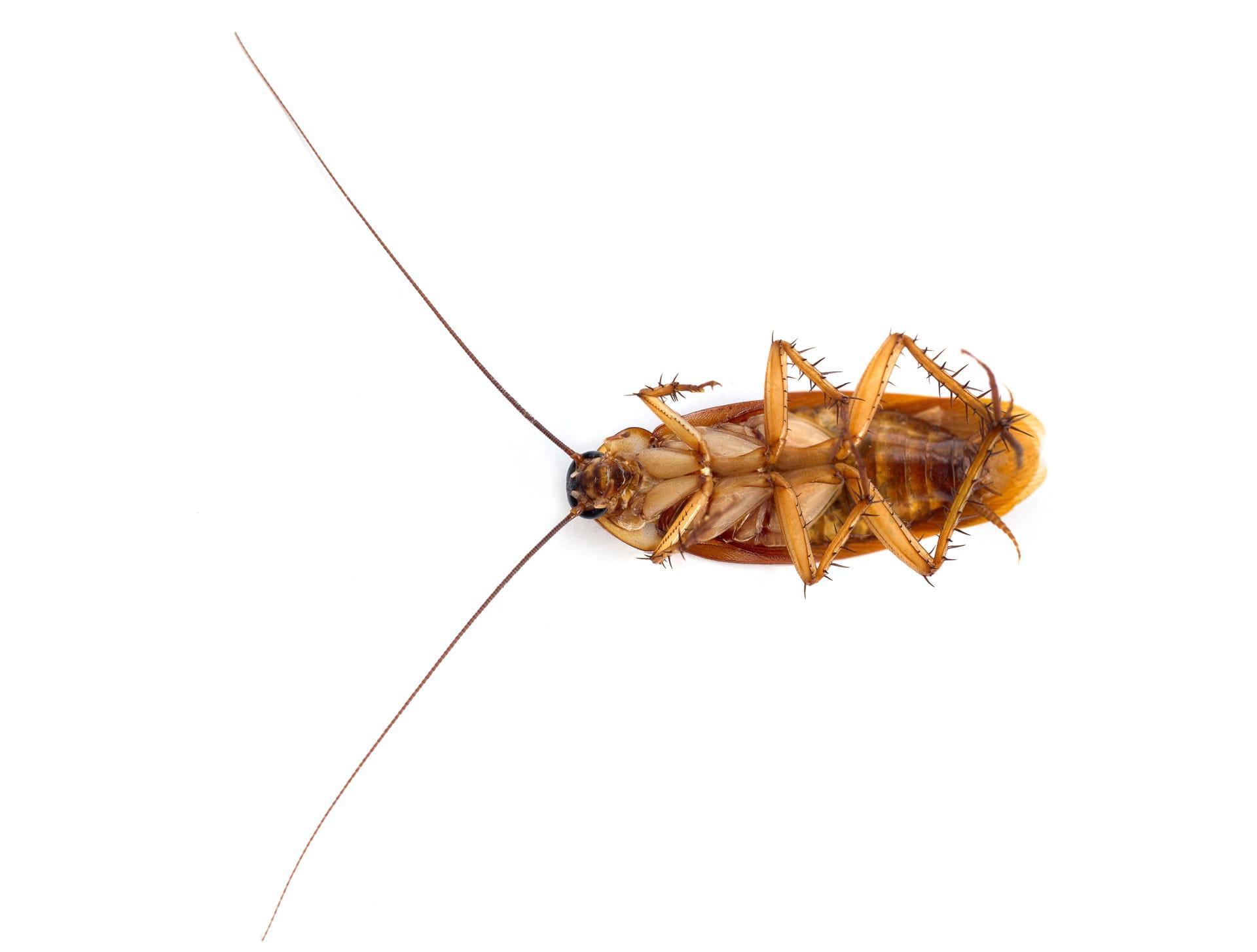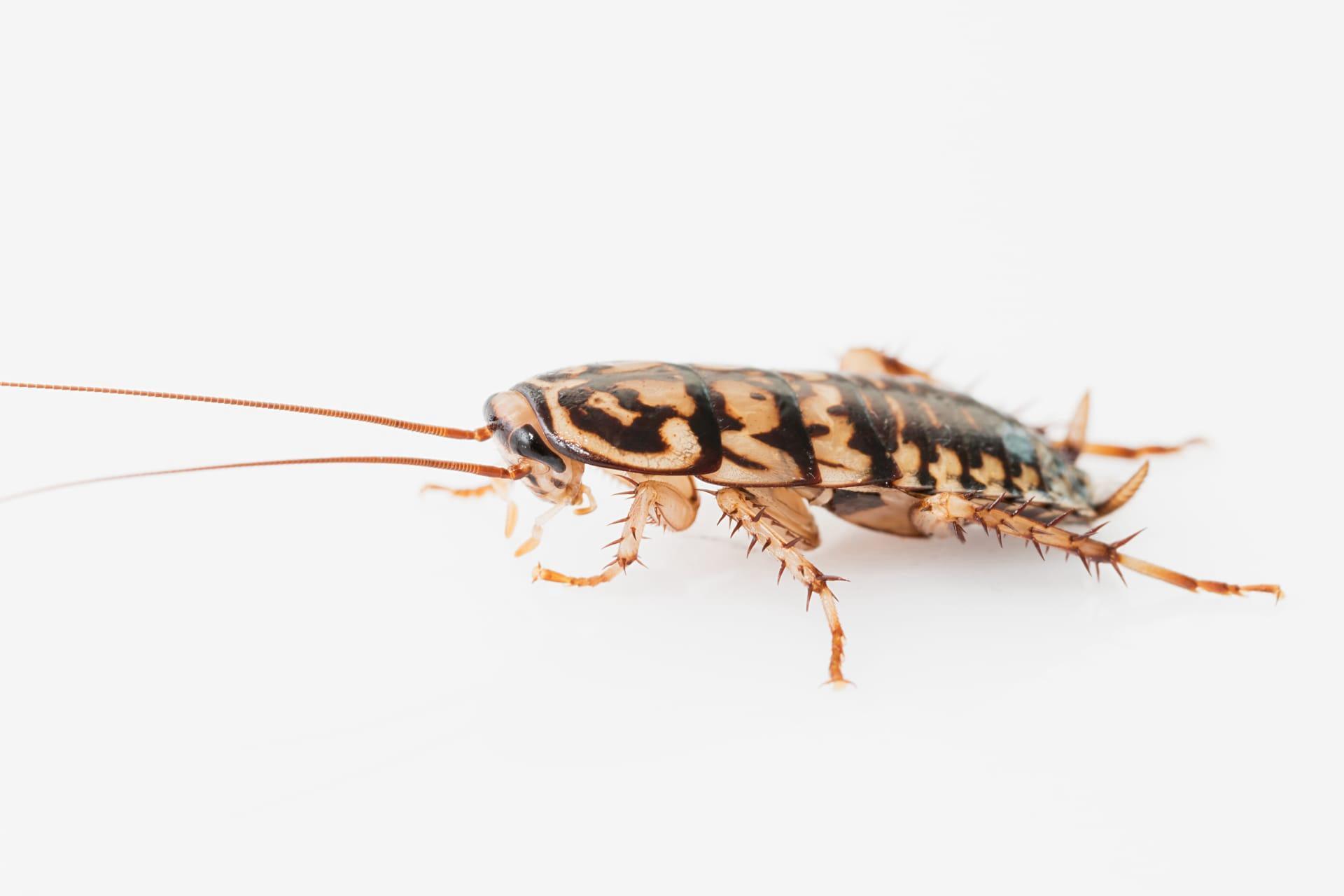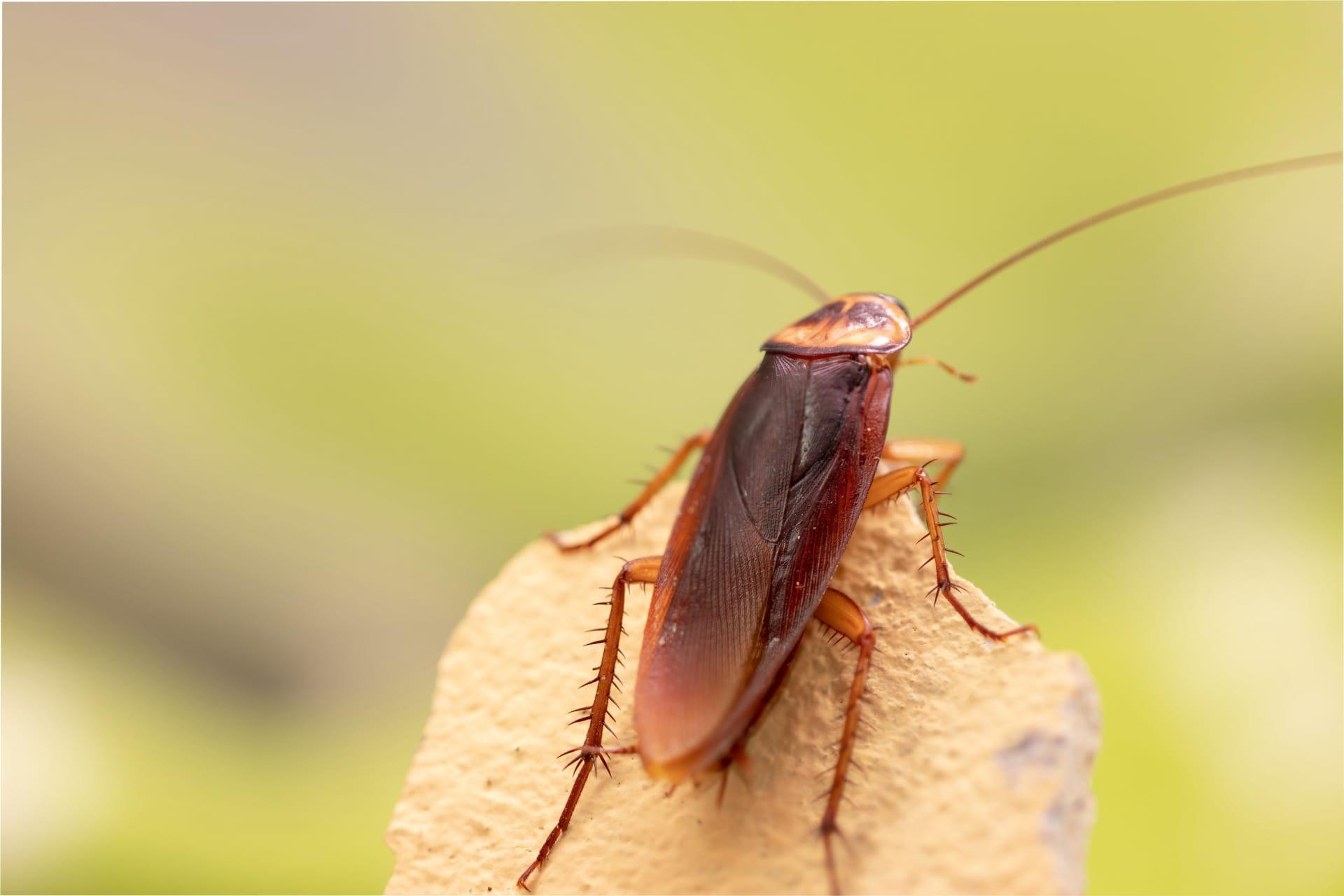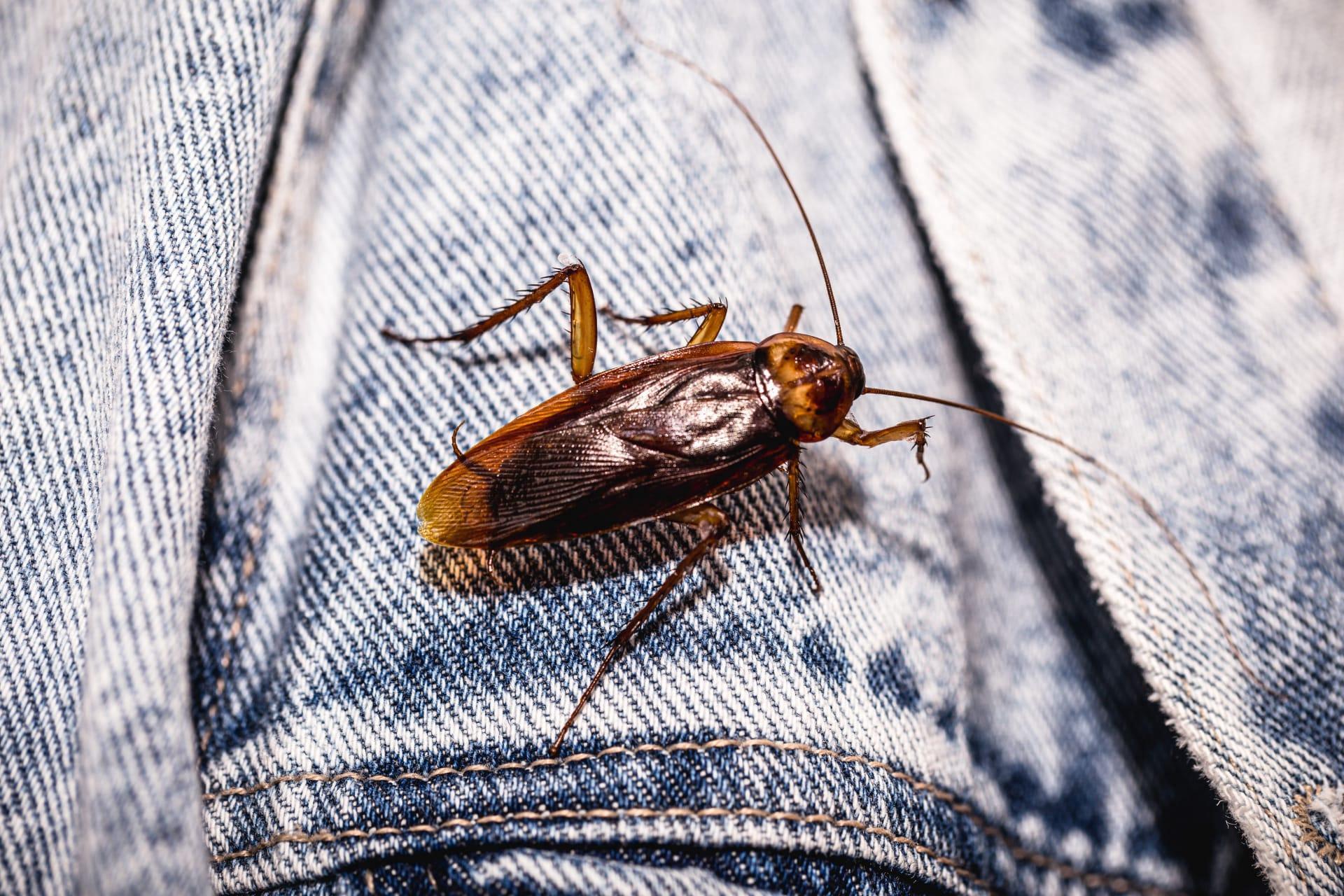1
Cockroaches are known for their incredible survival skills. One astonishing fact is their ability to live without their head for up to a week. This is possible because cockroaches breathe through tiny holes in each of their body segments and do not require their head to breathe. Additionally, their headless bodies can survive until they die of dehydration or starvation. This resilience is due to their open circulatory system and the fact that they have multiple ganglia, or nerve tissue clusters, throughout their bodies, enabling basic functions without the brain.
Another fascinating aspect of cockroaches is their speed. Despite their small size, they are one of the fastest insects, capable of running up to 3 miles per hour. This speed allows them to cover a distance equivalent to 50 times their body length in a second. Such rapid movement is crucial for survival, enabling them to quickly escape predators and explore for food. Their legs are specially adapted for running, with each having a pair of flexible, cushioned pads and spines, helping them maintain grip and stability at high speeds.

2
Cockroaches have an extraordinary breeding capacity. A single female German cockroach, one of the most common species, can produce up to 400 offspring in her lifetime. This rapid reproduction is a key reason for their persistence and difficulty to control in urban environments. Their reproductive system is highly efficient, with the female carrying an egg case, known as an ootheca, containing up to 40 eggs. These eggs hatch in about a month, and the nymphs reach adulthood in as little as 36 days.
Regarding their diet, cockroaches are not picky eaters. They are omnivorous and will consume almost anything organic, including glue, leather, soap, and even hair. This dietary flexibility contributes to their ability to survive in various environments, from tropical forests to urban dwellings. Their robust digestive system hosts a range of bacteria and protozoans, enabling them to break down and extract nutrients from diverse and often unpalatable substances.

3
Cockroaches have a remarkable immune system that allows them to thrive in unsanitary conditions where they are exposed to various pathogens. They produce antimicrobial substances known as defensins in their bodies, which help them resist bacterial infections. These substances are so potent that they are being studied for potential use in new antibiotics to combat multi-resistant bacterial strains.
Another interesting aspect is their communication methods. Cockroaches use a combination of pheromones and body movements to communicate with each other. These pheromones can signal danger, attract mates, or indicate food sources. For instance, when a cockroach finds food, it secretes a trail-marking pheromone to lead others to the source. This social behavior is crucial for their survival, especially in locating food and choosing mates.

4
Cockroaches have an ancient lineage, with fossil records indicating their existence over 300 million years ago, during the Carboniferous period. This makes them one of the oldest groups of insects on the planet, having survived major extinction events and environmental changes. Their adaptability and resilience are key factors in their long-term survival.
Interestingly, cockroaches can also hold their breath for up to 40 minutes. This ability is not just a survival tactic against drowning but also a method to regulate their water loss. By holding their breath, they reduce the loss of water through respiration, an important adaptation for survival in dry environments.

5
The American cockroach, one of the largest species, can fly. Unlike many other cockroach species that have underdeveloped wings, the American cockroach has fully developed wings and can fly short distances, especially when temperatures are warm. This ability to fly is not just for traveling but also for escaping predators or seeking new habitats.
Cockroaches have been known to exhibit a 'group personality'. Studies have shown that when in groups, they make collective decisions about where to find food and shelter. This group behavior is thought to be driven by the aggregation pheromones and the actions of individual cockroaches, leading to a form of collective intelligence that enhances their chances of survival in challenging environments.